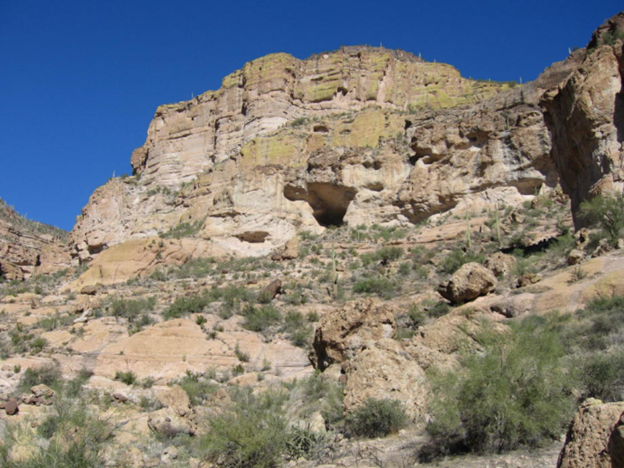
Canyon Lake, known for its stunning scenery and outdoor recreational opportunities, carries a somber history marked by the Skeleton Cave Massacre. In 1871, this site became the backdrop for a tragic event in which U.S. troops ambushed a group of Apache men, women, and children seeking refuge. This ambush resulted in the deaths of approximately 100 individuals, highlighting the broader conflicts between the U.S. government and Native American tribes during the period of westward expansion.
Tensions had been escalating for years as the Apache people faced encroachment on their lands, broken treaties, and forced relocations. The Apache, particularly the Tonto Apache, were determined to resist the loss of their territory. In March 1871, Colonel John McKenzie led troops to confront a small group of Apaches who had taken shelter in a cave located deep in the back of the canyon. The brutal attack not only resulted in devastating loss but also left a lasting scar on the collective memory of the Apache people.
The remains of the massacre victims were left undisturbed in the cave for over 50 years. In 1924, they were relocated to the San Carlos Apache Reservation, ensuring they were honored in their ancestral land. Later, in 1988, these remains were moved again to the Arizona State Hospital Cemetery in Phoenix as part of an effort to respect and acknowledge their history. The San Carlos Apache Tribe continues to commemorate the victims through memorial services and educational initiatives that raise awareness about this dark chapter in history.
Today, while enjoying the beauty of Canyon Lake through kayaking and paddleboarding, it’s essential to reflect on the stories of those who came before us. Understanding the history of this area enriches our experience and fosters a deeper appreciation for the land and its enduring significance to the Apache people. As you paddle through the serene waters, take a moment to honor the resilience and spirit of the Apache and the historical legacy that shapes this remarkable region.

